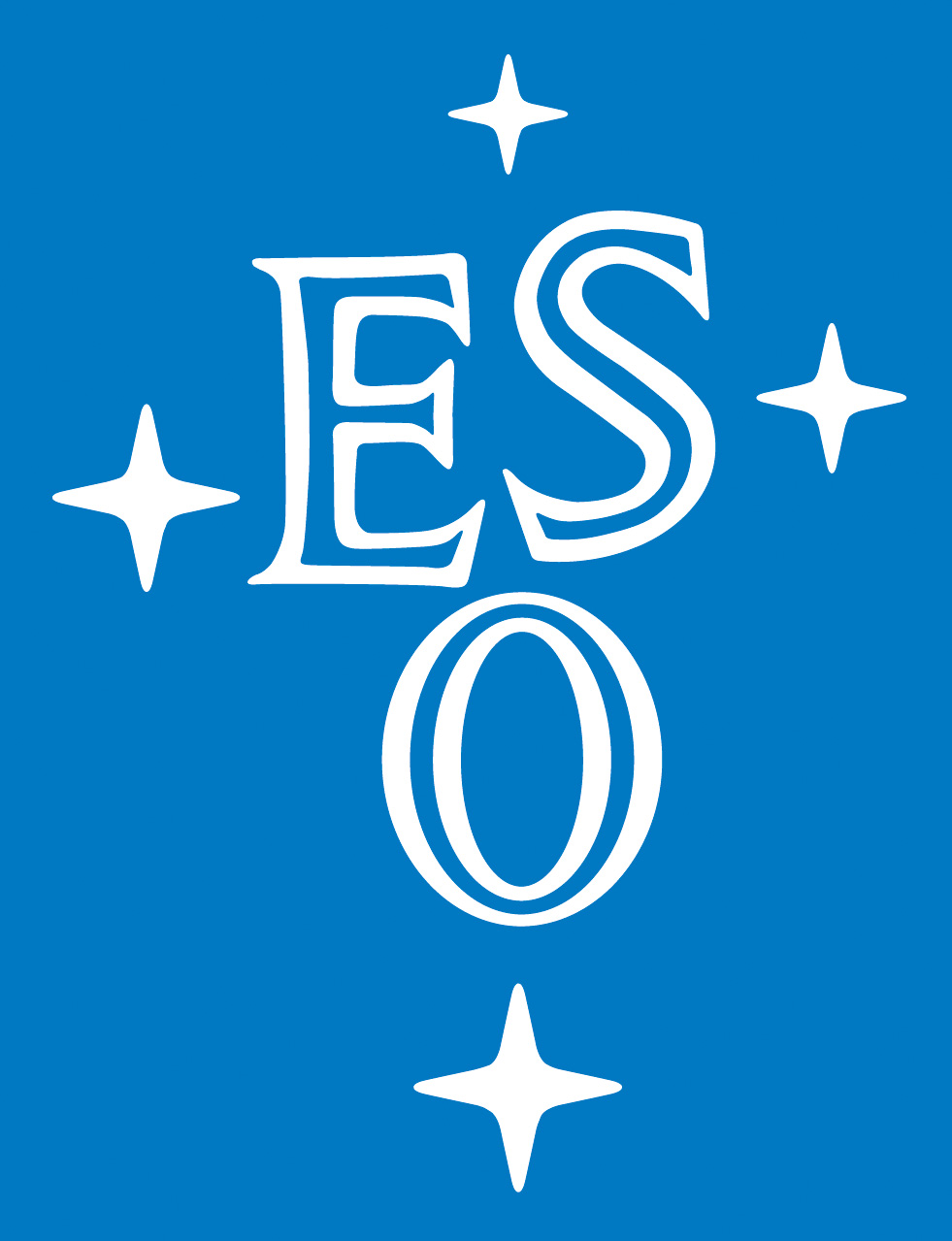« Previous object
Next object »
ID# 26
NGC 6652 B
CXOGLB J183544.5-325939
RA Dec
|
ℓ b
|
Year of discovery: 1998
(Deutsch1998Heinke2001)
| Location in Globular Cluster | NGC 6652 | |
|---|---|---|
| Type of accretor | NS | Transient |
|
Distance [kpc] (other distances) |
9.464
+0.139-0.137 |
Baumgardt2021 Kuulkers2003Harris2010Chelovekov2011 |
| z [kpc] | -1.87 | Baumgardt2021 |
| Orbital period (Porb) [min] | ||
| Porb determination method | ||
| Thermonuclear X-ray burst | Short-B | Intzand1998 |
| Peak X-ray flux [erg s-1 cm-2] (2 - 10 keV) |
7.52E-13 | Stacey2012 |
| NH [x1022 cm-2] | 0.05 | Coomber2011 |
| E(B-V) [mag] | 0.09±0.01 | Harris2010 |
| Magnitude | B = 20.4 | Deutsch1998 |
| Proposed companion | - MS (not compatible with Porb) or degenerate (not compatible with colors). - Early to mid G-type star. (- Geometry and observed parameter's arguments. - Optical spectrum) |
Heinke2001 Paduano2021 |
| NGC 6652 B can only be separated from NGC 6652 A (XB 1832-330) by Chandra; then, properties such as bursts and activity (transient or persistent), have to be considered carefully, since they could belong to either source. Deutsch1998 identified an optical counterpart with NGC 6652 A and Deutsch2000 estimated an orbital period of 43.6 (+/-0.6) min, based in optical modulation (HST). But later, Heinke2001 associated that counterpart with NGC 6652 B from Chandra data. Engel2012 obtained a light curve that shows a lot of flickering and suggested that the orbital period reported by Deutsch2000 is spurious (this was also suggested by Heinke2001). Radio flux density = 79.2 ± 2.2 μJy (10 GHz; Paduano2021). |
| UV | ||
|---|---|---|
| Optical | H and He emission features (changing to absorption in ~2 hours), G-band, and metallic absorption lines (Fe, Mg, Na, O). | Paduano2021 |
| X-ray |
|
|||
|---|---|---|---|
| B = 20.4, V > 17.7, I = 18.72 | |||
Aladin finding chart
Scroll to zoom. Set survey image in "Manage layers"
Default image: DSS2 Red
NGC 6652 B in Simbad
References to finding charts
This research has made use of NASA's Astrophysics Data System (ADS) and the SIMBAD database operated at CDS (Strasbourg, France)
Please acknowledge the use of this catalogue in any published work you derive from it.
Last modified: 09 May 2023.

